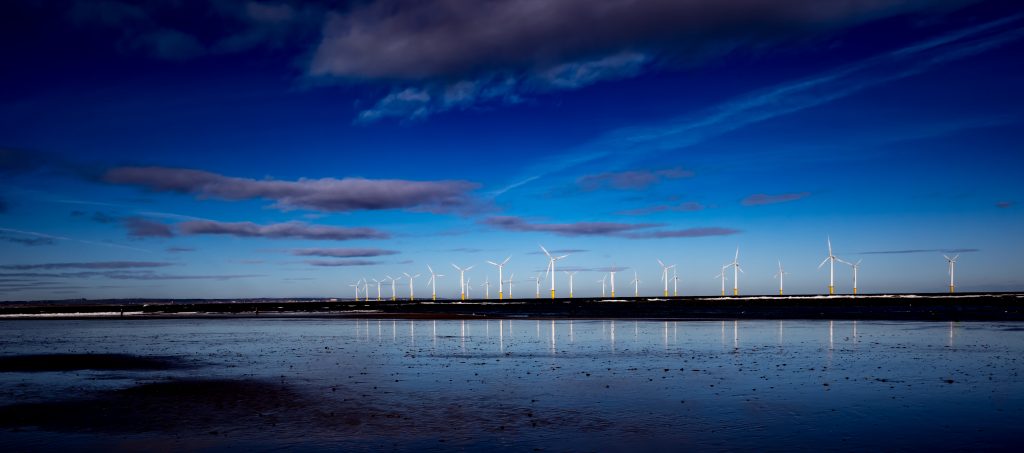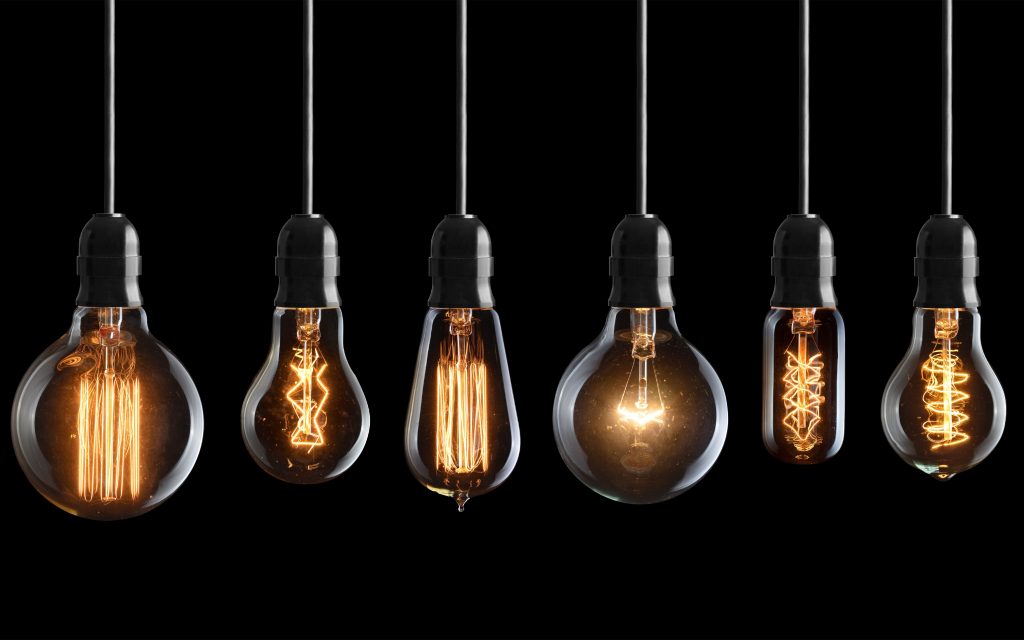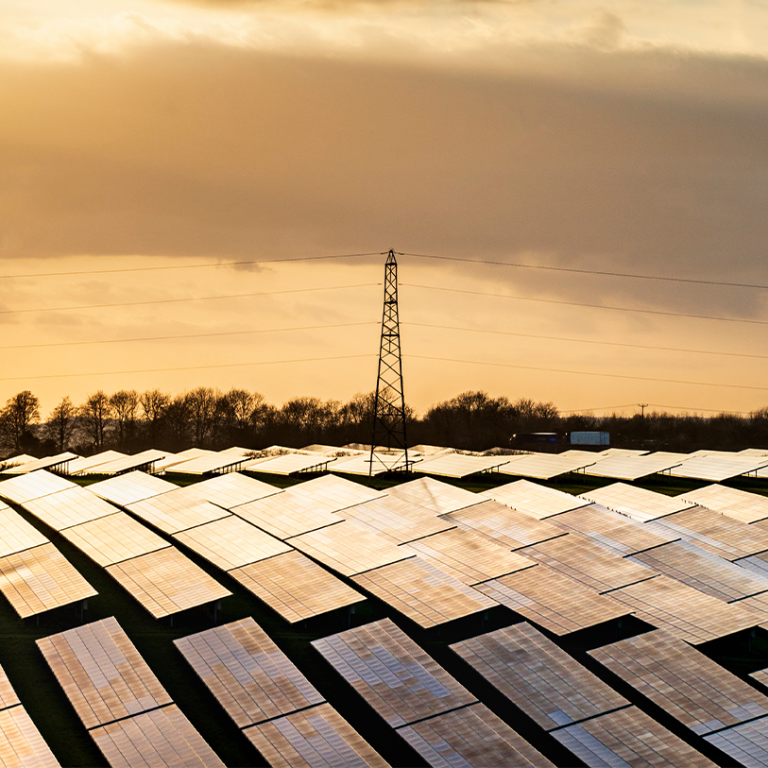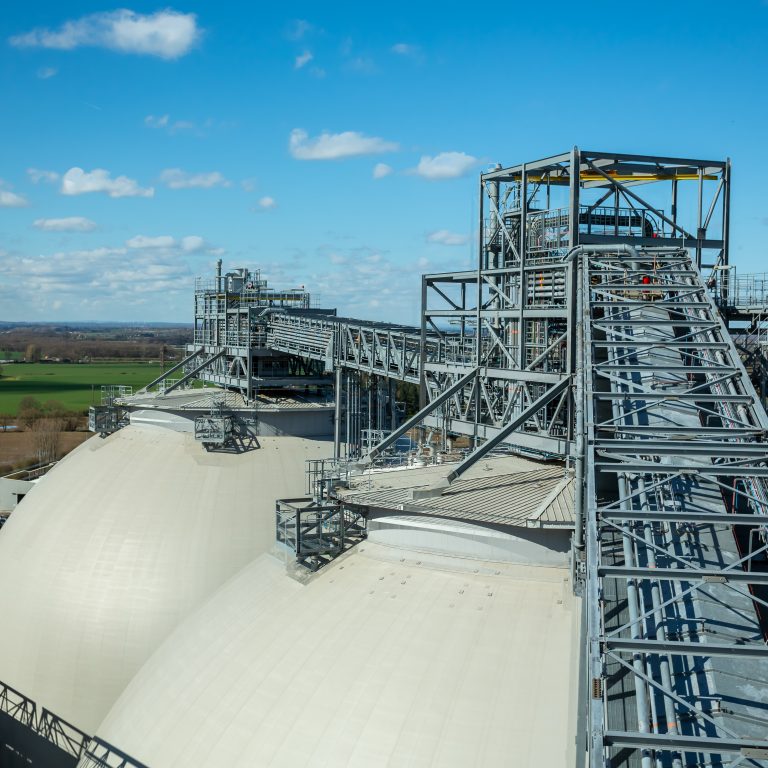The make-up of Great Britain’s power system changes constantly. Demand is always changing; in winter it may peak at 50 gigawatts (GW) but overnight in summer it will be less than 20 GW. Some days wind is the biggest source of the country’s electricity generation, other days it’s gas. Then there are days when, for a few hours, solar takes the top spot in the middle of the day and nuclear during the night.
In the past, Great Britain’s electricity came almost entirely from big coal and nuclear power stations. But as the need for decarbonisation has grown, so has the number of sources feeding electricity to the grid, creating an ever more complex and varied system made up of technologies that behave in very different ways. For example, some sources are weather dependent and can’t generate all day every day others stop and start flexibly to smooth out changes in demand or intermittent generation.
But in the event all sources are available, what dictates which sources actually generate, and when? The overriding influence is economics – the costs of starting up and running a turbine, the price of fuel or taxes on carbon emissions.
In Great Britain, electricity’s wholesale price is not set in stone by an entity such as a regulator. Instead it’s negotiated via trading over the course of a day between generators (power stations, storage and wind turbines) and suppliers, who transmit that electricity to consumers.
As a result, the price of electricity fluctuates every half hour, responding to factors such as demand, cost of fuels, availability of resources (such as sun and wind), and carbon taxes.
For an example of the scale at which it fluctuates, we can look at the period 1-4 June this year, when the index price of electricity ranged from over £55/MWh down to around £5/MWh (see chart, above).
But while these figures speak to the overall price of a megawatt on the system, they don’t reflect all the individual sources, nor their individual costs. Each of the multiple sources on the grid have their own operating costs fluctuating on a similar basis.
These changing prices give rise to what is known as the merit order, a fluid, theoretical ranking of generation sources. This is not set by any regulator, economist or even by traders. Rather it is a naturally occurring, financial occurrence that explains what sources of electricity generation are feeding power onto the grid day-to-day.
What is the merit order?
The merit order dictates which sources of generation will deliver power to the grid by ranking them in ascending order of price together with the amount of electricity generated. This then determines the order in which power sources are brought onto the system. Ultimately, suppliers want the right amount of electricity for the best possible price, so in a system made up of many sources, it is the lowest cost, highest yield option that is brought online first, which in theory helps keep overall electricity prices down.

North Sea Wind Farm, Redcar
This means it is often sources such as wind and solar, which have no fuel costs, that sit at the top of the merit order. Nuclear may come next as it continually generates a large amount of power for a low cost, while taking a long time to turn down or off. At the opposite end of the merit order are sources like coal and oil, which have high fuel and carbon dioxide (CO2) emission costs (such as carbon taxes and the European Emission Trading scheme).
However, the merit order isn’t a set of hard and fast rules. “It’s an assumption used by traders or market commentators to guide what is likely to run and thereby the likely market price,” says Ian Foy, Drax Head of Ancillary Services. “There is no published merit order. It is like Santa Claus – it doesn’t exist, but it makes explaining Christmas easier.”
The intricacies of being in and out of merit
If a generating unit is required to meet demand then it’s described as ‘in merit’, if it is not required at any particular point in time then it’s ‘out of merit’ – there’s no point in suppliers paying for another power station, for example, to start generating if demand is already being met.
“If the market is efficient, we generate from the lowest cost source at all times,” says Foy. “Costs are not simple, for example, you have to take into account the cost of starting or shutting down generating units. However, costs are not publicly shared so there’s no single view of the merit order. Each party has its own perspective on it.”
It means the merit order changes from season-to-season, day-to-day and hour-to-hour, as rates of supply and demand, and the availability of resources change.

Dungeness Nuclear Power Station in Kent
“An obvious example is gas tends to be cheaper in summer than winter, when it’s not being used for heating. Coal and gas also switch as global prices change,” says Foy. “Availability also changes over the year. There’s more solar in summer, but none in the morning and evening peaks of winter.”
There are also practical issues, such as repairs being made on wind and hydro turbines or planned maintenance outages on thermal and nuclear power stations, putting those generators out of action and knocking them out of merit.
And because the merit order is not an implemented working scheme, it can be deliberately manipulated by outside forces. One of the ways this is most clearly seen is in carbon pricing.
Merit in a changing system
The Carbon Price Support tax paid by coal and gas generators in Great Britain, alongside the European Emissions Trading System have increased the cost of fossil fuel generation: gas, oil and coal. Levied as £/tonne of CO2 emitted this has the effect of pushing fossil generation down the merit order. With coal emitting double the CO2 per unit of electricity compared to gas, we can see how the merit order can be influenced to achieve environmental outcomes.
This has helped steer Great Britain towards record breaking coal-free periods and stimulated the building of low carbon generation sources.
Other sources, such as interconnection with Europe and power storage facilities, also slot into the merit order. Their position often shifts due to highly variable prices dependent on power generation in neighbouring countries or the amount of electricity that can be stored at a low cost, respectively.
The grid is ever-changing. Over the last two decades we’ve seen huge shifts in how power is generated and delivered. This is unlikely to slow down in the near future, but the merit order will remain. Like the grid, it is in a constant state of change, adapting to the many moving parts of the electricity system. As long as Great Britain maintains its open electricity trading market, the merit order will continue to dictate where the country’s power comes from.





















